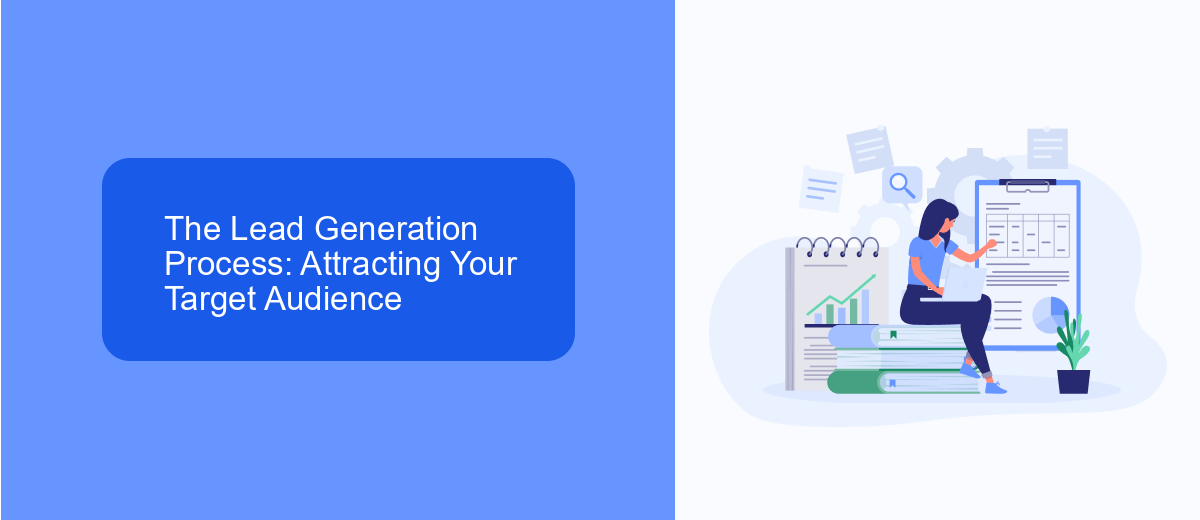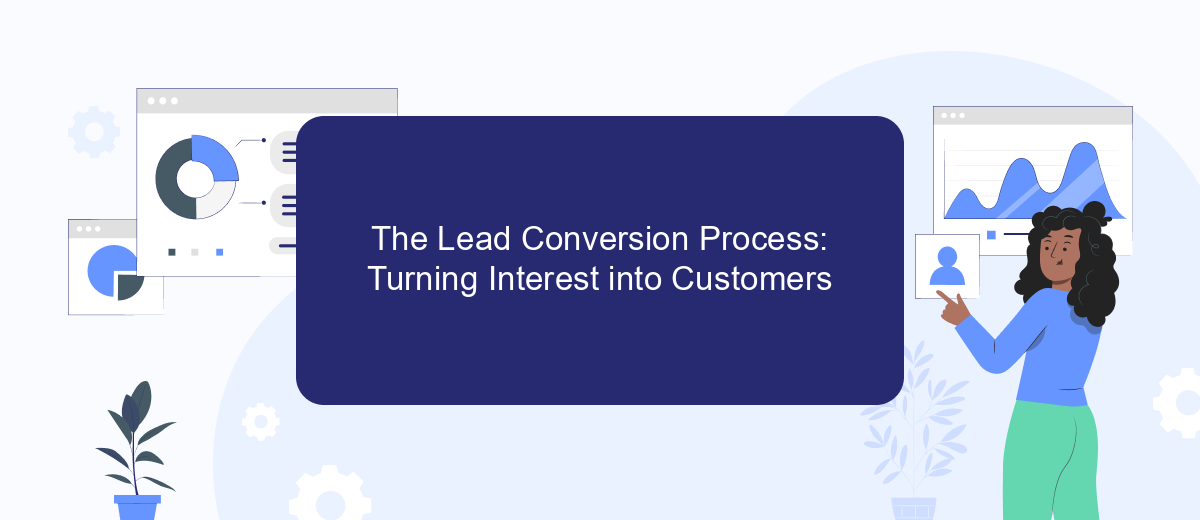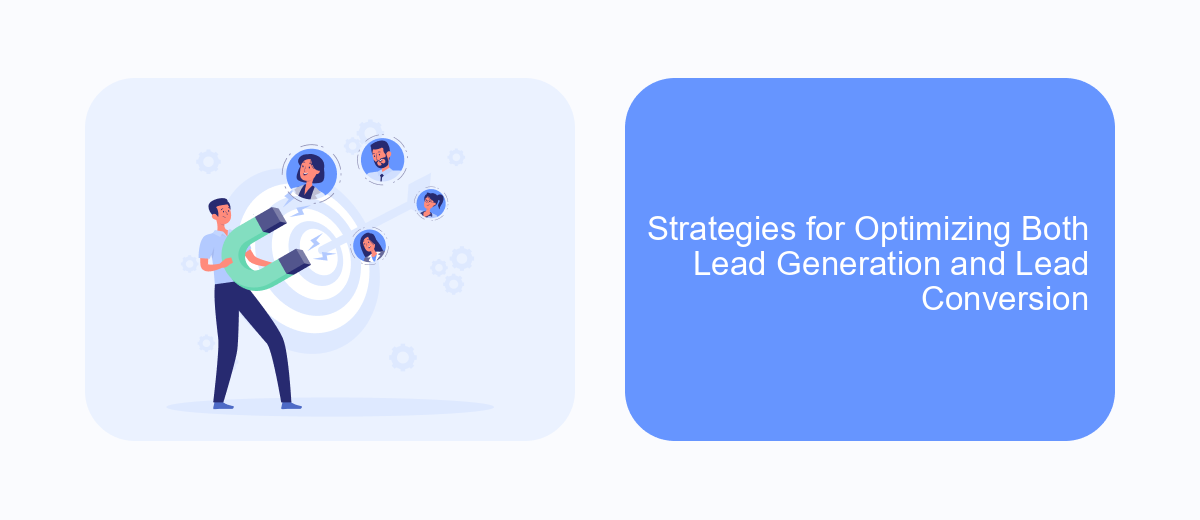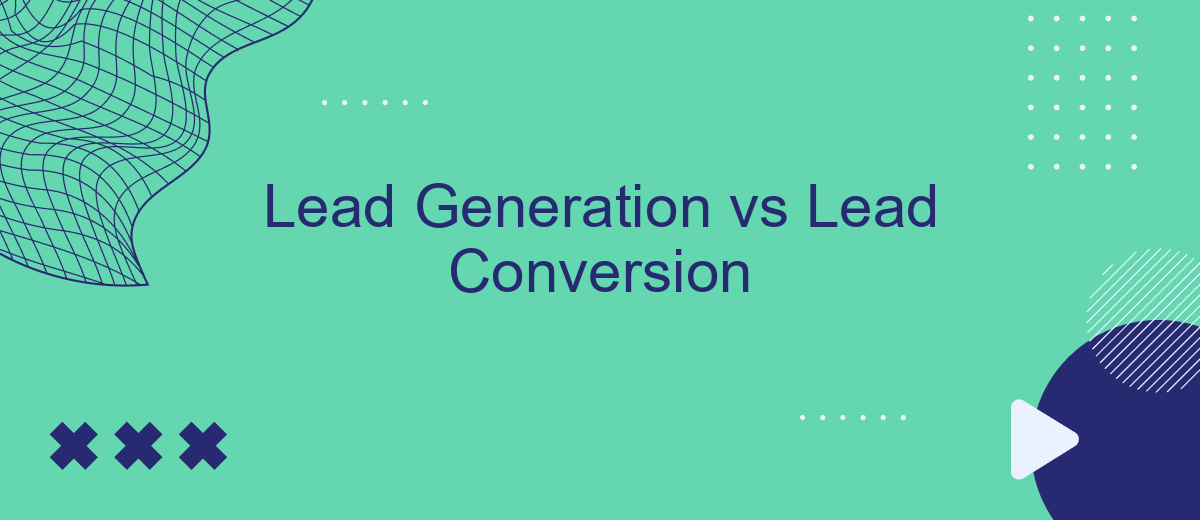In the competitive landscape of modern business, understanding the distinction between lead generation and lead conversion is crucial for success. While lead generation focuses on attracting potential customers and capturing their interest, lead conversion is about transforming these prospects into actual clients. This article explores the strategies and importance of both processes, highlighting how they work together to drive growth and profitability.
Understanding the Difference: Lead Generation vs. Lead Conversion
Lead generation and lead conversion are two crucial components of the sales process, each serving a distinct purpose. Lead generation focuses on attracting potential customers and capturing their interest in a product or service. This stage involves identifying prospects, engaging them through various channels, and collecting their contact information for further nurturing.
- Lead Generation: Involves activities like content marketing, social media engagement, and SEO to attract potential customers.
- Lead Conversion: Focuses on turning these potential customers into actual buyers through personalized communication and sales strategies.
Understanding the difference between these two stages is essential for optimizing your sales funnel. While lead generation is about creating awareness and interest, lead conversion is about closing the deal. Businesses need to balance both processes effectively to ensure a steady flow of new customers while maximizing the conversion of existing leads. By integrating both strategies, companies can enhance their overall sales performance and achieve sustainable growth.
The Lead Generation Process: Attracting Your Target Audience

Lead generation is the crucial first step in attracting your target audience, requiring a strategic approach to identify and engage potential customers. It begins with understanding your audience's needs and preferences, allowing you to craft tailored content that resonates with them. Utilizing various channels such as social media, email marketing, and content marketing, you can effectively reach and capture the attention of your target demographic. Providing valuable content, such as informative blog posts or engaging videos, encourages potential leads to interact with your brand, laying the foundation for a strong relationship.
To streamline the lead generation process, integrating tools like SaveMyLeads can be highly beneficial. This service automates the collection and management of leads from different platforms, ensuring that no potential customer slips through the cracks. By automating these processes, businesses can focus more on creating compelling content and engaging directly with their audience. Additionally, SaveMyLeads provides valuable insights into lead behavior, enabling companies to refine their strategies and improve conversion rates. This seamless integration of technology and strategy ensures that your lead generation efforts are both efficient and effective.
The Lead Conversion Process: Turning Interest into Customers

Lead conversion is a critical phase in the sales process, transforming potential interest into actual customers. This process involves nurturing leads through personalized communication and strategic engagement. Businesses must focus on understanding customer needs, building trust, and providing value to successfully convert leads.
- Identify and qualify leads: Determine which leads are most likely to convert based on their behavior and interactions with your brand.
- Engage and nurture: Use targeted content and personalized communication to keep leads interested and informed about your offerings.
- Build trust: Establish credibility through testimonials, case studies, and transparent communication to reassure potential customers.
- Offer solutions: Present your product or service as the ideal solution to the lead's specific needs or problems.
- Close the deal: Use effective sales techniques to seal the deal and convert the lead into a paying customer.
By following these steps, businesses can effectively turn interest into customers, ensuring a higher conversion rate and fostering long-term relationships. A successful lead conversion strategy not only boosts sales but also enhances customer satisfaction and loyalty, driving sustainable growth for the company.
Strategies for Optimizing Both Lead Generation and Lead Conversion

Optimizing both lead generation and lead conversion is crucial for maximizing business growth. While lead generation focuses on attracting potential customers, lead conversion transforms these prospects into actual clients. Balancing these two elements requires a strategic approach that leverages data, technology, and customer insights.
To enhance lead generation, businesses should utilize a mix of inbound and outbound marketing strategies. This includes optimizing SEO for organic search visibility, leveraging social media platforms for engagement, and utilizing targeted advertising to reach specific audiences. Concurrently, lead conversion strategies should focus on nurturing relationships through personalized communication, offering valuable content, and streamlining the sales process.
- Implement automated email campaigns to nurture leads over time.
- Utilize CRM systems to track and analyze customer interactions.
- Offer free trials or demos to engage potential customers.
- Optimize landing pages for better user experience and higher conversion rates.
By integrating these strategies, businesses can create a seamless pipeline that not only attracts potential customers but also efficiently converts them into loyal clients. Continuous monitoring and adjustment of these strategies are essential to adapt to changing market dynamics and consumer behavior.
Measuring Success: Key Metrics for Lead Generation and Conversion
Measuring success in lead generation involves tracking several key metrics to evaluate performance and optimize strategies. One of the primary metrics is the number of leads generated, which provides a direct measure of the effectiveness of marketing campaigns. Another crucial metric is the cost per lead (CPL), which helps businesses assess the financial efficiency of their lead generation efforts. Additionally, lead quality is essential, often measured by the conversion rate of leads into customers. This metric indicates how well the generated leads align with the target audience and their likelihood to convert.
For lead conversion, metrics such as the conversion rate itself are fundamental, reflecting the percentage of leads that successfully become paying customers. The time to conversion is another vital metric, highlighting the efficiency of the sales funnel. Tools like SaveMyLeads can streamline the integration of lead generation and conversion processes, automating data transfer and improving response times. By utilizing such services, businesses can enhance their lead management systems, ensuring that no potential customer slips through the cracks, ultimately boosting conversion rates and overall success.
FAQ
What is the difference between lead generation and lead conversion?
Why is lead generation important for businesses?
How can I improve my lead conversion rate?
What role does automation play in lead generation and conversion?
How do I measure the success of my lead generation and conversion efforts?
Don't waste another minute manually transferring leads from Facebook to other systems. SaveMyLeads is a simple and effective tool that will allow you to automate this process so that you don't have to spend time on the routine. Try SaveMyLeads features, make sure that this tool will relieve your employees and after 5 minutes of settings your business will start working faster.
